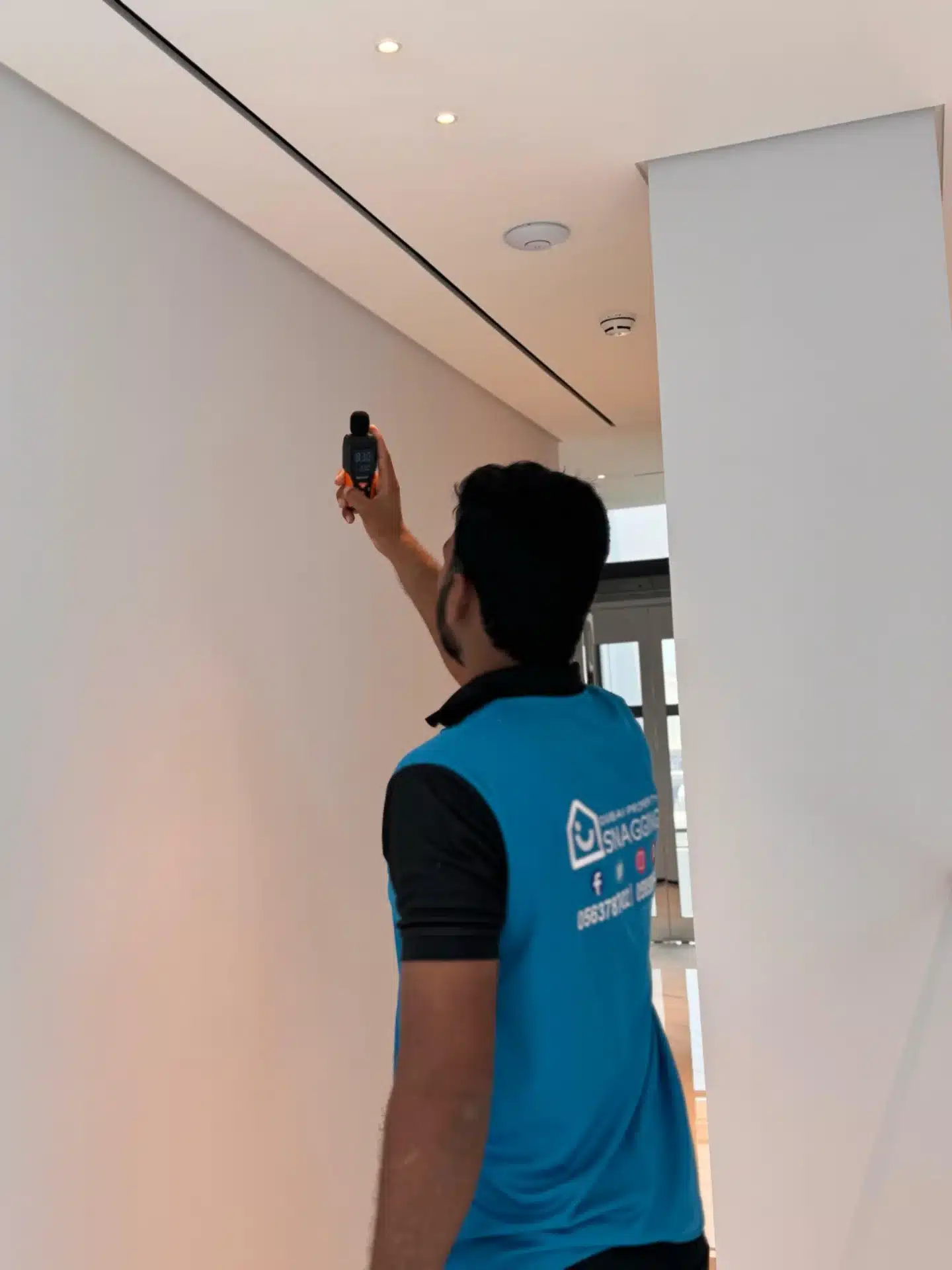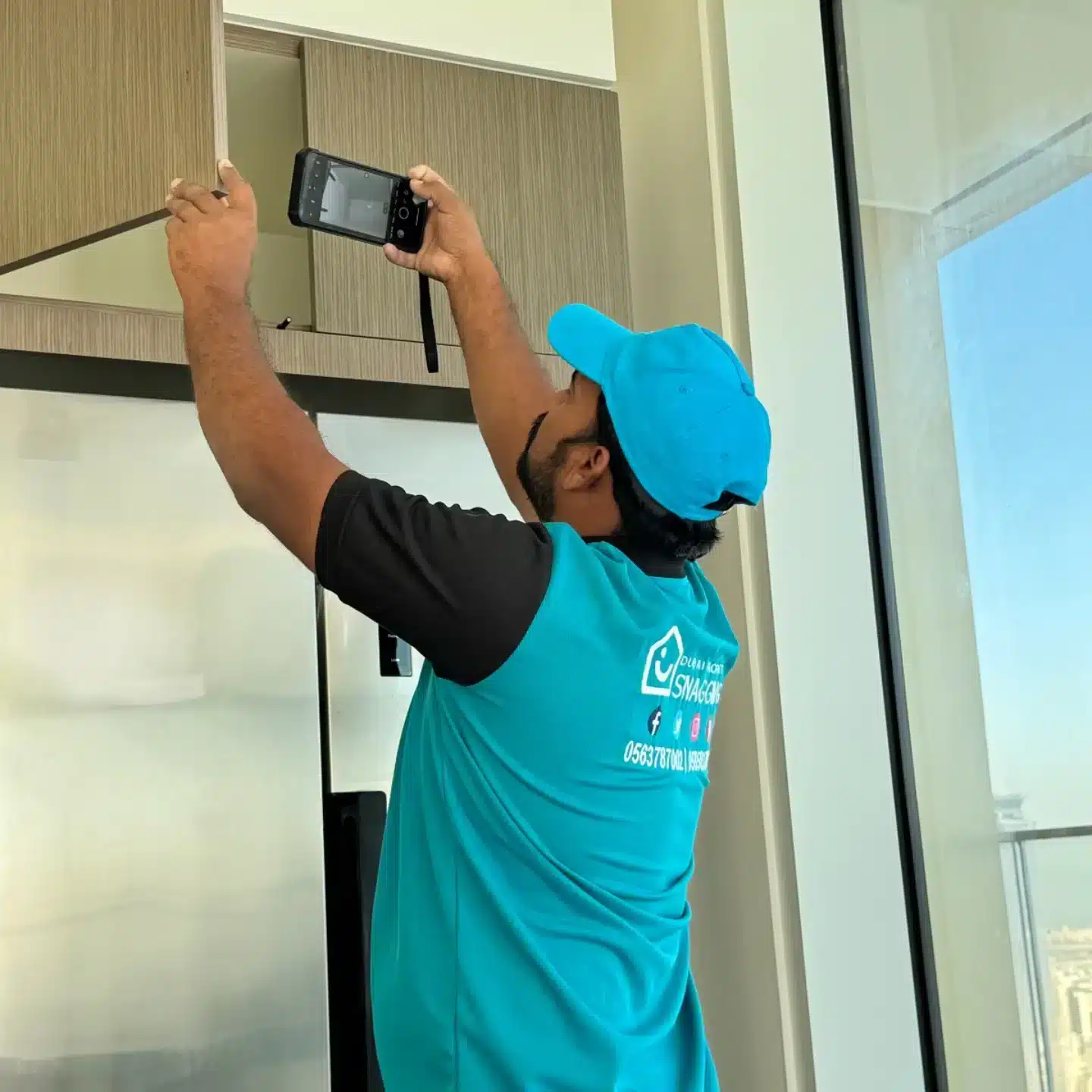The Cost of Poor Quality Assurance in Real Estate Projects
Quality assurance (QA) is a critical factor in real estate projects, ensuring that buildings meet safety, durability, and aesthetic standards. When developers fail to implement proper QA processes, the consequences can be severe—leading to structural defects, safety risks, financial losses, and legal liabilities.
In this blog, we’ll explore the hidden and direct costs of poor quality assurance in real estate, the common QA failures, and how developers and investors can protect themselves from costly mistakes.
Why Quality Assurance Matters in Real Estate
Quality assurance in real estate prevents construction defects, enhances long-term durability, and ensures compliance with safety regulations. A well-executed QA process benefits:
✅ Developers – Reduces rework costs, legal disputes, and brand damage.
✅ Buyers & Investors – Ensures safe, high-quality homes and commercial spaces.
✅ Authorities & Regulators – Promotes compliance with building codes and safety laws.
When QA is neglected, everyone suffers—resulting in financial losses, unsafe living conditions, and long-term reputational damage.
The True Cost of Poor Quality Assurance
Poor quality assurance can lead to multiple financial and operational setbacks for developers, buyers, and property investors. Below are some of the biggest costs associated with QA failures in real estate projects.
1. Expensive Repairs & Rework
The Problem:
Construction defects often remain hidden until months or years after project completion. Issues like water leaks, structural cracks, or HVAC failures can require extensive rework—resulting in high repair costs.
Real-World Impact:
- Replacing defective plumbing or electrical systems can cost millions.
- Fixing foundation cracks or waterproofing failures may require major reconstruction work.
Solution:
✔ Implement regular site inspections during and after construction.
✔ Use certified materials to avoid premature wear and tear.
✔ Conduct pre-handover snagging inspections to catch defects early.
2. Legal Penalties & Compliance Fines
The Problem:
Failure to comply with Dubai Municipality (DM), RERA, and international building standards can result in hefty penalties, legal action, or even project shutdowns.
Real-World Impact:
- Developers may face heavy fines for using substandard materials.
- Delays in approvals due to code violations can halt project completion.
Solution:
✔ Work with certified engineers and compliance officers to meet regulatory standards.
✔ Use third-party inspectors to verify project compliance.
✔ Stay updated on local building laws to prevent legal conflicts.
3. Loss of Buyer Trust & Brand Damage
The Problem:
If a real estate project is delivered with defects, substandard materials, or non-compliance issues, buyers and investors lose confidence in the developer. Word-of-mouth complaints, online reviews, and lawsuits can severely damage reputation.
Real-World Impact:
- A poorly constructed luxury tower in Dubai suffered massive buyer backlash due to plumbing and HVAC failures—leading to legal claims.
- Developers with a history of poor-quality projects struggle to attract new investors.
Solution:
✔ Prioritize high-quality construction and finishing to maintain brand credibility.
✔ Offer a transparent QA process that reassures buyers about build quality.
✔ Handle complaints quickly and provide post-handover defect resolution.
4. Safety Risks & Potential Disasters
The Problem:
Substandard construction can cause serious safety hazards, including fire risks, structural collapses, and electrical failures.
Real-World Impact:
- Poorly installed fire suppression systems increase fire hazards in high-rise buildings.
- Substandard foundations and weak structures can cause cracks, collapses, or settlement issues.
Solution:
✔ Use high-quality materials that meet fire safety and durability standards.
✔ Conduct regular inspections to prevent long-term safety risks.
✔ Ensure emergency systems (fire exits, alarms, and sprinklers) are functional.
5. Increased Maintenance & Operational Costs
The Problem:
A poorly constructed property will require more maintenance and operational oversight, leading to higher costs for property owners and management companies.
Real-World Impact:
- HVAC systems that aren’t installed correctly will require frequent repairs and increase electricity costs.
- Poor waterproofing can cause mold growth, water damage, and deteriorating interiors.
Solution:
✔ Use long-lasting, premium materials that reduce future maintenance needs.
✔ Ensure proper mechanical system installation to avoid ongoing repair costs.
✔ Conduct a post-handover inspection to detect issues before move-in.
Common Quality Assurance Failures in Real Estate
📌 Weak Foundations & Structural Defects – Caused by poor soil testing, bad engineering, or low-quality materials.
📌 Plumbing & Water Leakage Issues – Result from cheap fittings, improper pipe installation, or lack of waterproofing.
📌 Electrical & HVAC Failures – Often due to faulty wiring, lack of insulation, or incorrect system installation.
📌 Inferior Finishes & Workmanship – Includes misaligned tiles, uneven paint, or damaged wooden floors.
📌 Fire & Safety Non-Compliance – Missing or non-functional fire alarms, sprinklers, and emergency exits.
How Developers & Investors Can Avoid QA Failures
🏗 1. Implement a Strict Quality Control Process – Conduct routine inspections at every stage of construction.
👷 2. Hire Third-Party Quality Inspectors – Independent experts can catch defects before they become costly problems.
📜 3. Ensure Compliance with Dubai’s Building Codes – Stay updated on RERA, Dubai Municipality, and international safety laws.
🔍 4. Use High-Quality Materials & Skilled Contractors – Avoid cost-cutting on essential materials and labor.
💡 5. Provide a Defect Liability Period (DLP) for Buyers – Offer 1–2 years of post-handover support to fix any quality issues.
Conclusion: Poor Quality Assurance is Too Expensive to Ignore
Neglecting quality assurance in real estate leads to financial losses, safety hazards, legal penalties, and long-term damage to a developer’s reputation. Whether you’re a buyer, investor, or developer, prioritizing QA measures will save money, increase property value, and ensure long-term success.
Key Takeaways:
✔ Developers should invest in rigorous QA processes to prevent costly rework and legal issues.
✔ Buyers should always conduct snagging inspections before accepting handover.
✔ Regulatory compliance is crucial to avoid fines and legal disputes.
By focusing on quality at every stage, real estate professionals can deliver high-value, durable, and safe properties that stand the test of time.




